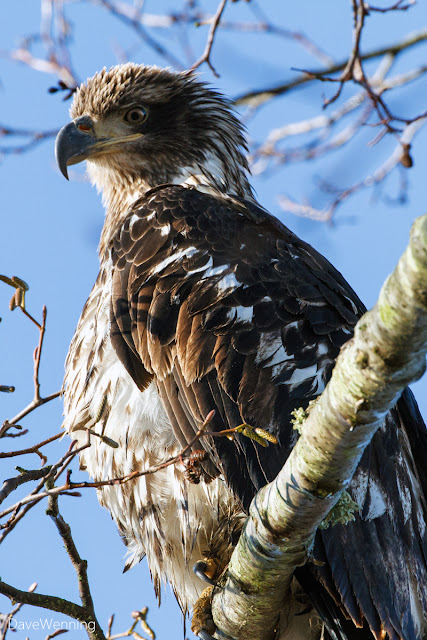Kiket Island Towhee

The Spotted Towhee (Pipilo maculatus) is one of my favorite birds. They always look confident and happy and they love to sing. Instead of fleeing, they will often sit still long enough to get a photo. They seem to like watching us while we watch them. This is another appealing trait for me. Look for them along forest edges. They can be seen year-around foraging in dense thickets of shrubbery or in leaf litter on the ground. Sometimes you will hear them scratching in the leaves before you see them. They will be looking for insects, spiders, seeds and fruits. I caught this one in a Nootka Rose thicket on Kiket Island. I think they might like those rose hips. For bird feeders, the Towhees in my yard are especially attracted to safflower seed. Spotted Towhees are the largest of the New World Sparrows (Emberizidae). The black feathers reveal this bird to be a male. The back, head and wings of females will be dar...

